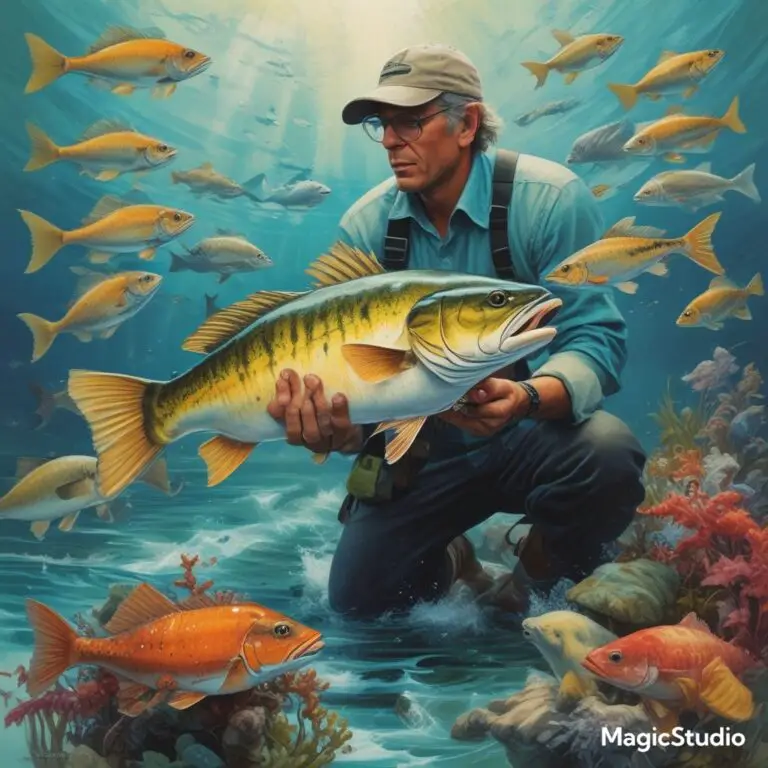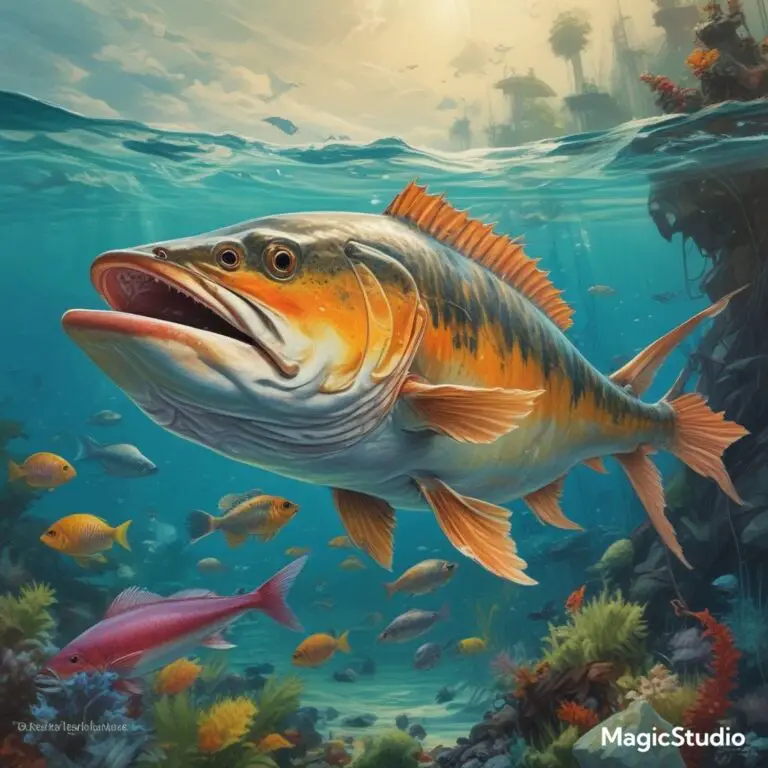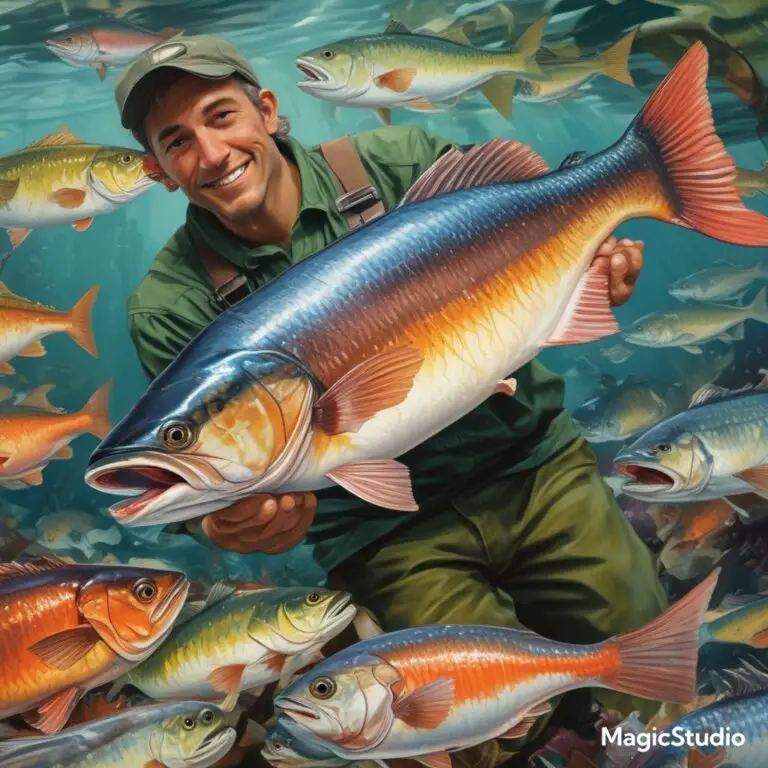How to Support Sustainable Fishing: Tips for Making Environmentally Friendly Choices
How to Support Sustainable Fishing: Tips for Making Environmentally Friendly Choices
As concerns about ocean health and marine biodiversity rise, supporting sustainable fishing practices has become increasingly important. Choosing sustainably sourced seafood not only helps preserve marine ecosystems but also promotes ethical fishing practices and supports local economies. In this guide on How to Support Sustainable Fishing: Tips for Making Environmentally Friendly Choices, we’ll explore actionable steps you can take to make a positive impact on our oceans.
What Is Sustainable Fishing?
Sustainable fishing refers to practices that ensure fish populations remain healthy and ecosystems are protected. These practices aim to balance current seafood needs with the long-term health of the marine environment.
Key Principles of Sustainable Fishing:
- Maintaining Fish Populations: Harvesting at levels that allow fish stocks to replenish.
- Reducing Bycatch: Minimizing the capture of non-target species.
- Protecting Habitats: Preserving critical marine habitats from destruction.
- Implementing Effective Management: Enforcing regulations and monitoring fishing practices.
Why Support Sustainable Fishing?
Supporting sustainable fishing helps address various environmental and ethical concerns. Here’s why making these choices matters:
1. Preserves Marine Ecosystems
Sustainable fishing practices help maintain the balance of marine ecosystems, ensuring that various species can thrive.
Benefits:
- Protects Biodiversity: Supports a wide range of marine species and their habitats.
- Prevents Overfishing: Helps avoid the depletion of fish stocks and maintains ecological balance.
- Safeguards Habitats: Ensures that vital areas like coral reefs and seagrass beds are not damaged by fishing activities.
2. Ensures Future Seafood Supply
By supporting sustainable fishing, you contribute to the long-term health and availability of seafood.
Benefits:
- Supports Fish Population Recovery: Allows overfished species to recover and rebuild their numbers.
- Promotes Responsible Harvesting: Encourages practices that do not deplete fish stocks faster than they can regenerate.
- Secures Long-Term Availability: Ensures that seafood remains available for future generations.
3. Supports Ethical and Local Economies
Sustainable fishing often involves small-scale and local fisheries that adhere to ethical practices.
Benefits:
- Empowers Local Fishermen: Provides fair wages and supports local communities.
- Encourages Responsible Practices: Promotes ethical fishing methods and practices.
- Boosts Local Economies: Strengthens local markets and reduces dependency on large-scale industrial fisheries.
4. Promotes Healthier Seafood
Sustainable fishing practices can result in higher quality seafood due to better handling and management.
Benefits:
- Fresher Seafood: Often involves more careful handling and processing.
- Better Taste and Quality: Results from responsible practices and healthier fish populations.
- Transparency: Provides consumers with clear information about how and where their seafood is sourced.
Tips for Supporting Sustainable Fishing
Making environmentally friendly choices is easier than you might think. Here are some practical tips to help you support sustainable fishing:
1. Look for Certifications
Certified seafood ensures that the product meets established sustainability standards.
Certification Labels to Look For:
- MSC (Marine Stewardship Council): Ensures wild-caught seafood is sourced from sustainable fisheries.
- ASC (Aquaculture Stewardship Council): Certifies responsibly farmed seafood.
- Best Aquaculture Practices (BAP): Focuses on responsible aquaculture practices.
2. Choose Local and Seasonal Seafood
Buying locally sourced and seasonal seafood supports community-based fisheries and reduces environmental impact.
Benefits:
- Supports Local Economies: Helps small-scale and local fisheries thrive.
- Reduces Carbon Footprint: Minimizes transportation emissions associated with long-distance seafood shipping.
- Encourages Freshness: Seasonal seafood is often fresher and more readily available.
3. Educate Yourself
Understanding which seafood options are sustainable helps you make informed choices.
Ways to Educate Yourself:
- Research Seafood Guides: Refer to guides from organizations like the Seafood Watch by the Monterey Bay Aquarium.
- Read Labels: Check for sustainability certifications and detailed sourcing information.
- Ask Questions: Inquire about the origin and sustainability practices at your local seafood market or restaurant.
4. Support Sustainable Seafood Businesses
Patronize restaurants, markets, and brands that prioritize sustainability in their seafood offerings.
How to Support:
- Choose Certified Vendors: Opt for businesses that feature certified sustainable seafood.
- Frequent Sustainable Restaurants: Dine at restaurants that offer sustainably sourced seafood options.
- Promote Awareness: Share information about sustainable seafood choices with friends and family.
5. Advocate for Sustainable Practices
Support policies and initiatives that promote sustainable fishing and marine conservation.
Advocacy Tips:
- Support Marine Conservation Groups: Donate or volunteer with organizations dedicated to marine protection.
- Participate in Campaigns: Join campaigns and petitions that advocate for sustainable fishing policies.
- Stay Informed: Keep up with news and developments related to marine conservation and sustainable fishing.
Supporting sustainable fishing practices is a powerful way to contribute to the health of our oceans and the well-being of marine life. By making informed choices and advocating for responsible practices, you can help ensure a thriving and balanced marine environment for future generations.
Let’s work together to make environmentally friendly choices and support sustainable seafood practices. Your actions today can make a big difference tomorrow!





